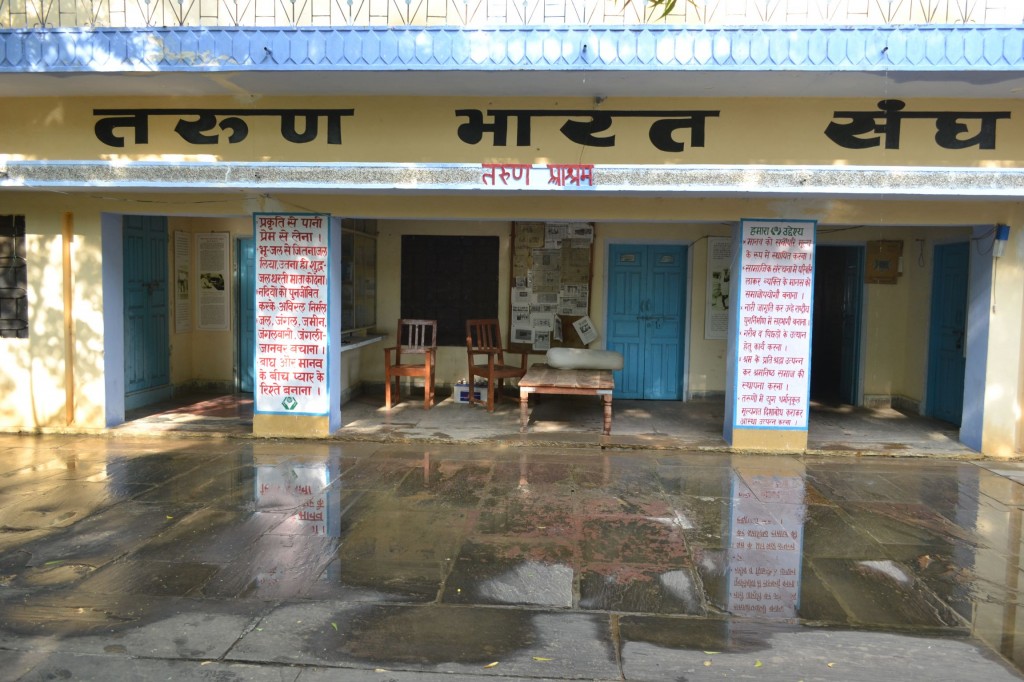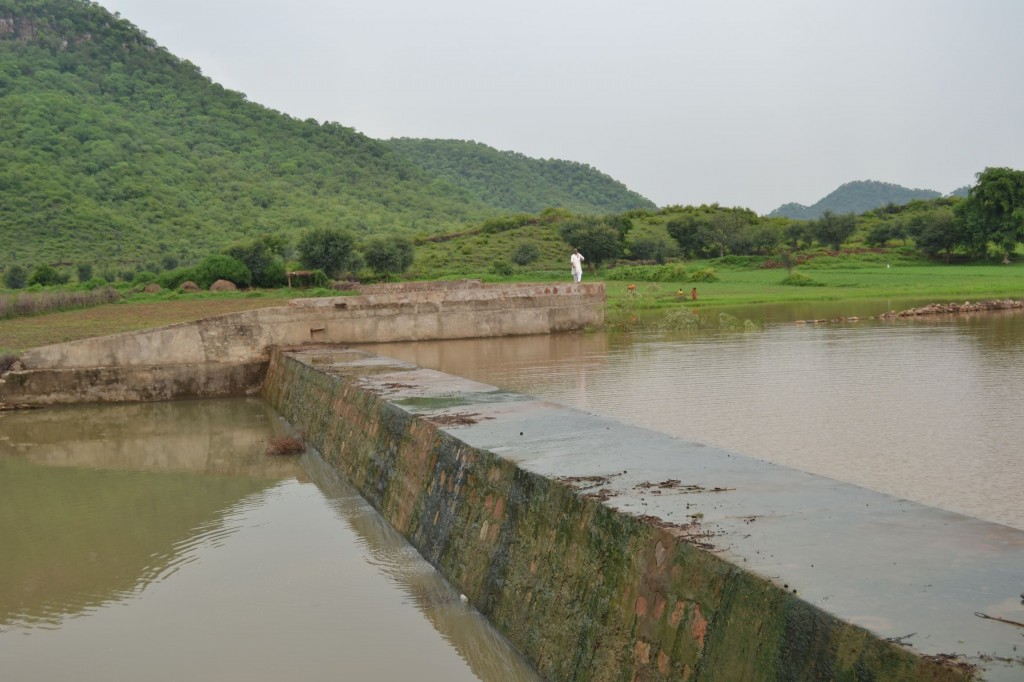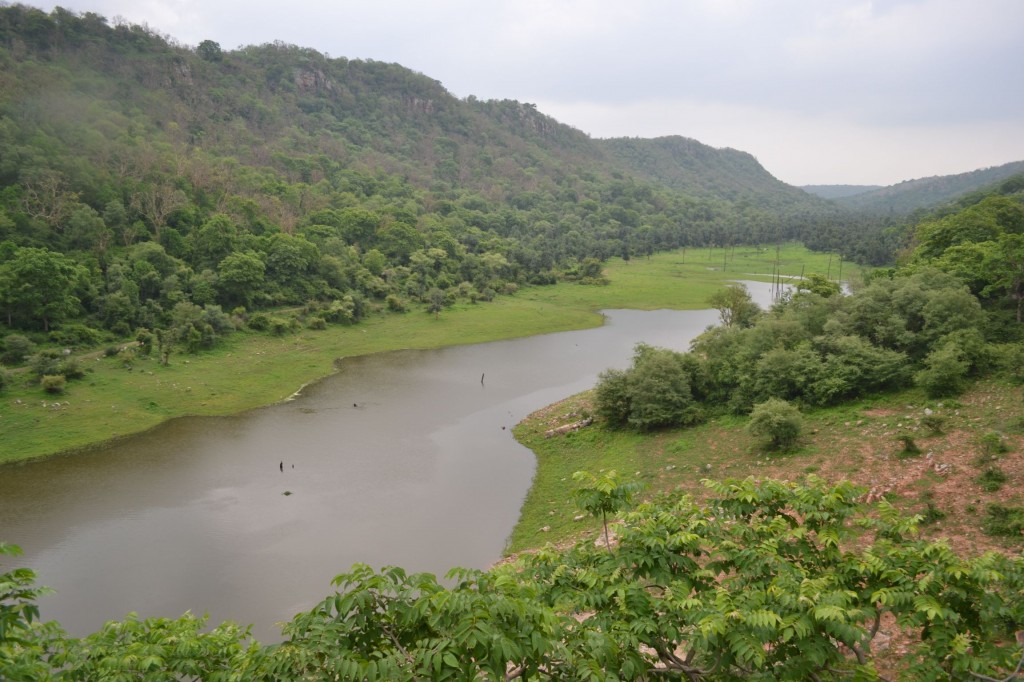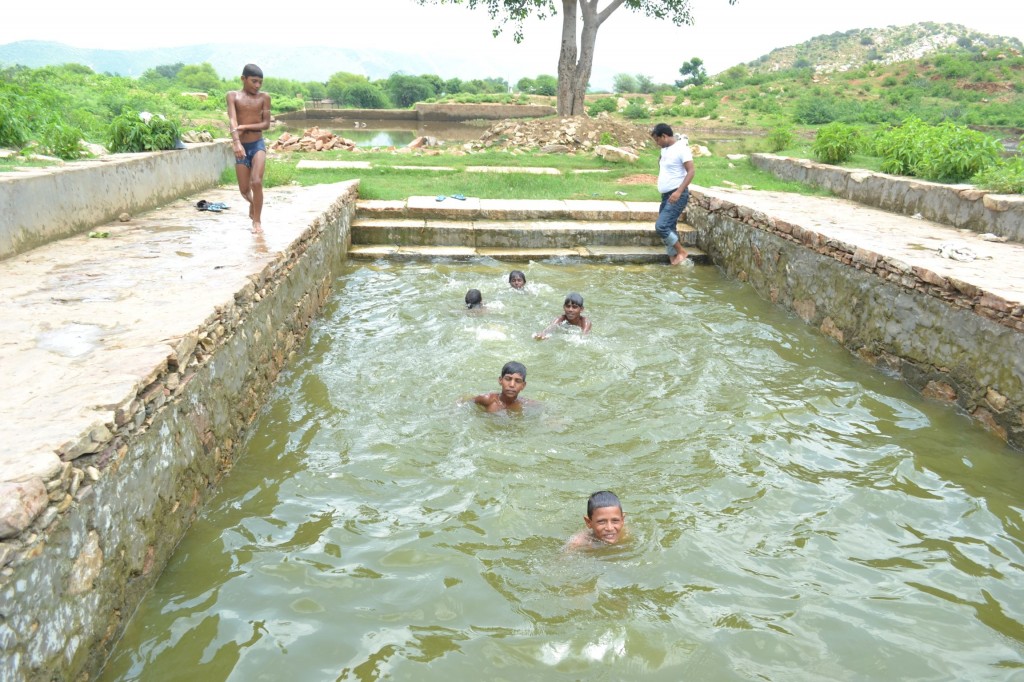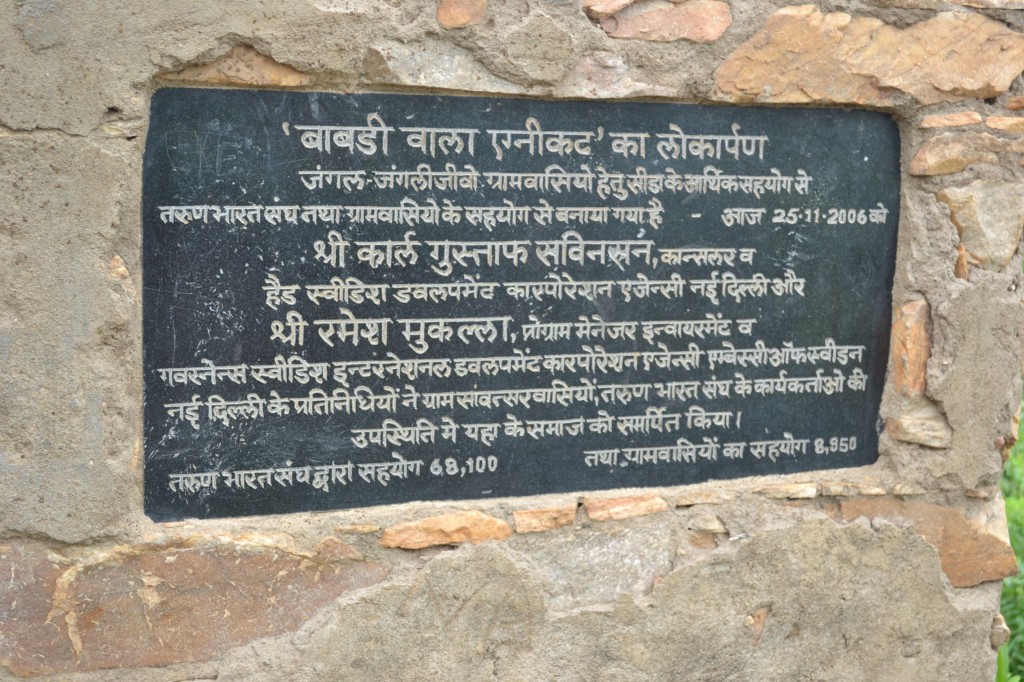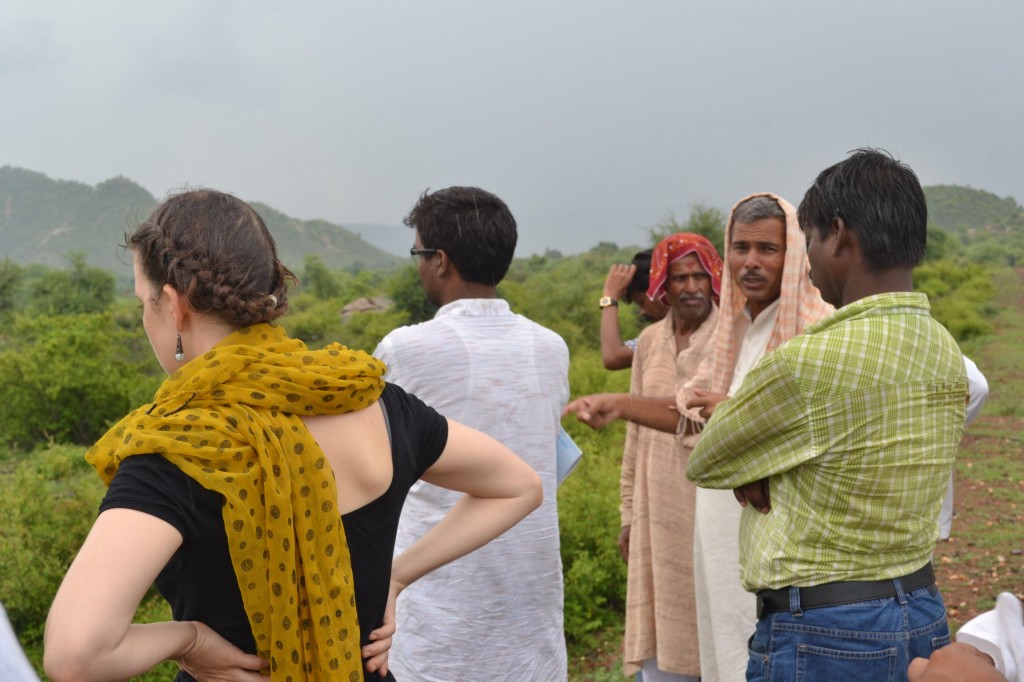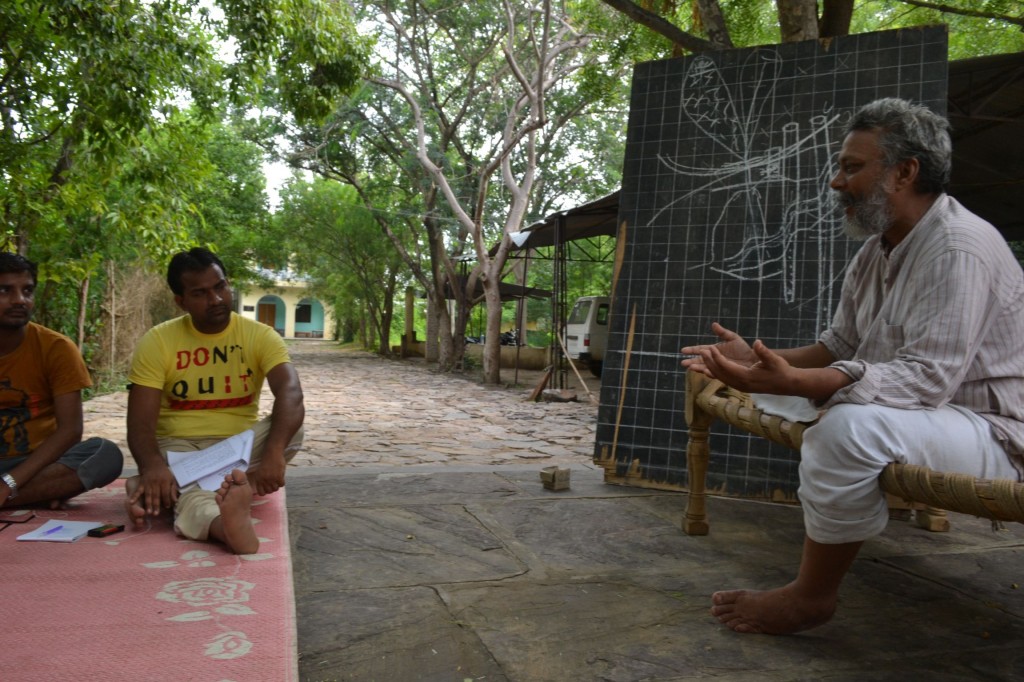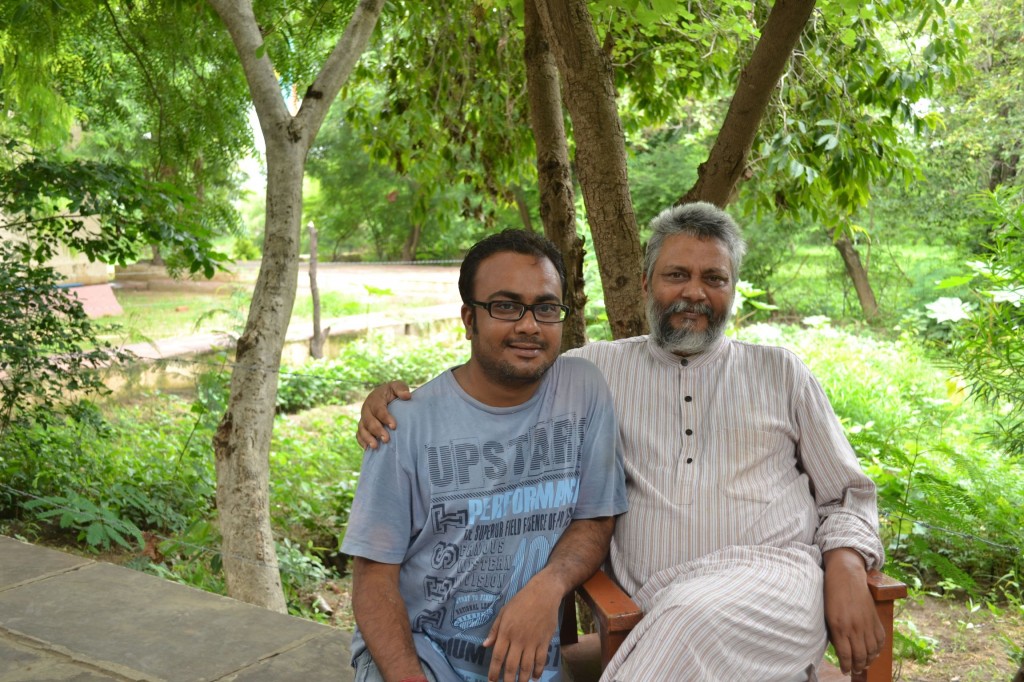Nirvana Travels is travel show done by NDTV Good Times TV channel in India.The show looks at the spiritual face of different cities in India. The idea behind the show is to meet people in different cities and see the city through their eyes. They contacted me regarding their upcoming show about Varanasi. Actually in this show they have one lead character and a few other regular but interesting people as well. They wanted to choose me as the lead character for this show because of my tour guiding work, research and social activism. I was kind of surprised when I heard about it first, actually I had no idea why they wanted to choose me only if there are so many other tourist guides, researchers and social activists.
Anyways, I asked them about why me only and they said that there are definitely other tourist guides in the city but no one is as popular as me online because of good references. There are other researchers but they usually study only one topic and never share it whereas I have been studying many different subjects and I write about it online. And finally they said that they did not want to work with any social worker who was a very big name, they wanted to work with new people in the industry. And overall I was doing all these things alone. I had never heard anyone talking all these things about me:)
Anyways, they came to Varanasi with the host of the show named Kaisha Hastu. She had already done other episodes of this show and some other show for NDTV Good Times. We agreed on filming and places and other details. Basically they wanted to film me in my environment, where I usually meet with my friends, the shop where I usually have my tea and such things. The first day they asked me to take them to my favorite chai shop. I was feeling kind of nervous being surrounded by cameras in my own neighborhood but it was fun.
They introduced me as a very popular tourist guide and researcher from Varanasi. At first they asked me general questions about Varanasi, its culture, people, tourism… They already knew that I was very much interested in cultural and religious diversity of Varanasi so they asked me a few questions about it also. Other than this there were questions about my personal life, research, activism… To be honest I don’t really remember how many questions they asked but they asked me questions about almost everything. Other than me they need some help with interviewing other people as well.
They were very much interested in the idea of Nirvana hence wanted to interview someone who had some real knowledge about the subject. I suggested them to meet with the manager of Kashi Labh Mukti Bhawan. Mr. Shukla, the manager, is a very knowledgeable person about the subject of Moskha or Nirvana. I had already interviewed him several times. After interviewing him they showed interest in interviewing some young artist from Varanasi, preferably a tabla player because Varanasi is very famous for its Tabla players as well. I organized this with a very famous and young tabla player from Varanasi named Prashant Mishra. Finally the show was completed with a big interview with me and four-five smaller interviews with other people. I look forward for the show on air.




